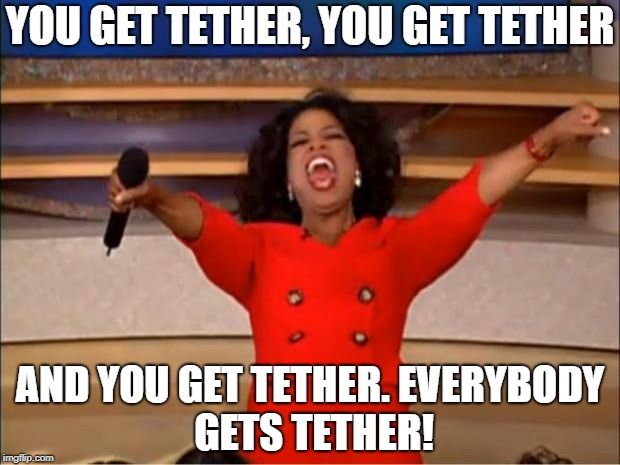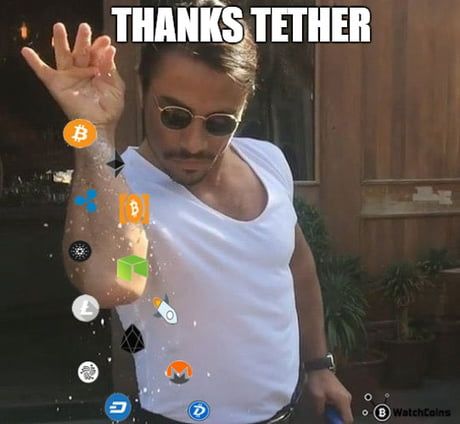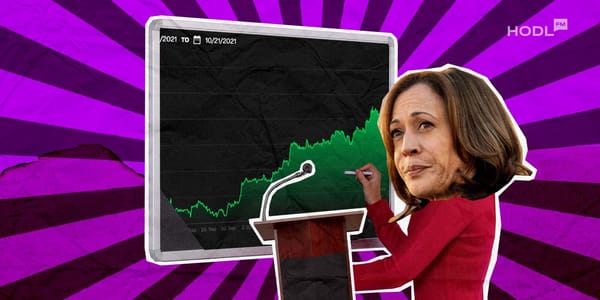USDT issuer Tether is building a future-proof infrastructure, as the company announced a new feature that enables users to recover their stablecoin holding in the case an underlying blockchain becomes unusable.
Related: What Determines the Price of Bitcoin?
According to a press release from March 4, USDT will be able to resist even the worst-case scenario when a blockchain network faces disruptions, which today seems to be highly unlikely.
USDT is currently available on 14 decentralized networks, including Ethereum, Tron, Avalanche, Solana, and Omni. If one of these chains fails – I’d imagine a smaller or more centralized chain – the USDT hosted on it can be migrated to another chain.
This approach defies the immutable nature of public blockchains, as Tether enables users to recover their holdings. The company stated:
To address the risk that a blockchain could become unresponsive, unreliable or unusable, Tether has established an official recovery tool that can migrate USDT between blockchains. … Users would be able to verify ownership of their addresses on an unresponsive blockchain and a recipient address on another supported blockchain, and Tether will transfer the USDT between them.
Tether claims that its stablecoin is independent of blockchains, which are used as a transport layer only.
Prior to adding a new chain, the company says it conducts a rigorous verification process to detect potential vulnerabilities and risks. However, despite its due diligence approach, the risk of technical failure may always persist, and Tether wants to make sure USDT holders are safe.

USDT Market Cap Hits Record $100B
At the beginning of March, USDT has become the first stablecoin to ever hit $100 billion in valuation.
USDT is benefiting from the massive demand for stablecoins amid a surge in the price of Bitcoin and altcoins. Bitcoin experienced a record monthly increase in dollar terms in February.

Dollar stablecoins play an important role in crypto thanks to their ability to reduce volatility to almost zero. Traders use them to enter and exit crypto positions without having to leave the blockchain ecosystem. Many crypto assets are denominated in USDT on major crypto exchanges, which explains the huge demand for the stablecoin.
USDT is one of the oldest stablecoins and has traditionally been the largest one by market cap for years. Today, it is the third-largest crypto coin only after Bitcoin and Ethereum.
The increase of USDT tokens on Tron has had the largest contribution to Tether’s journey to the $100 million mark. The circulating supply on Tron accounts for over 53% of all tokens.

Tether has often been surrounded by controversy due to allegations that its dollar reserves may not cover all the tokens in circulation. It was even forced by the Commodity Futures Trading Commission (CFTC) to pay millions in fines.
Justin D’Anethan, head of Asia-Pacific business development at crypto market maker Keyrock, told Reuters:
Ironically, tether has always been FUDed (plagued by anxiety about their legitimacy) as they resisted disclosing their reserves and balance sheet for years. Nonetheless, they’ve been around and stood the test of many volatility events, from 2017 up to now.
More Info:
- The Stablecoin Law is Making Its Way Through the London Fog: How are Gentlemen Changing the Game?
- The ‘Britcoin’ Question Remains Wide Open
- What Are Stablecoins and How Do They Work
Due to ongoing controversies, it seems Tether wants to assure users that their funds are safe, which is why it announced its new blockchain migration features that may not be relevant at all.
Disclaimer: All materials on this site are for informational purposes only. None of the material should be interpreted as investment advice. Please note that despite the nature of much of the material created and hosted on this website, HODL FM is not a financial reference resource and the opinions of authors and other contributors are their own and should not be taken as financial advice. If you require advice of this sort, HODL FM strongly recommends contacting a qualified industry professional.



